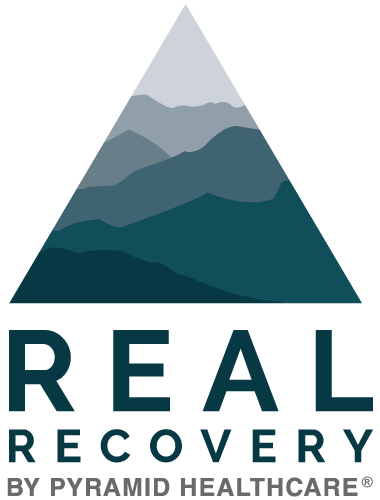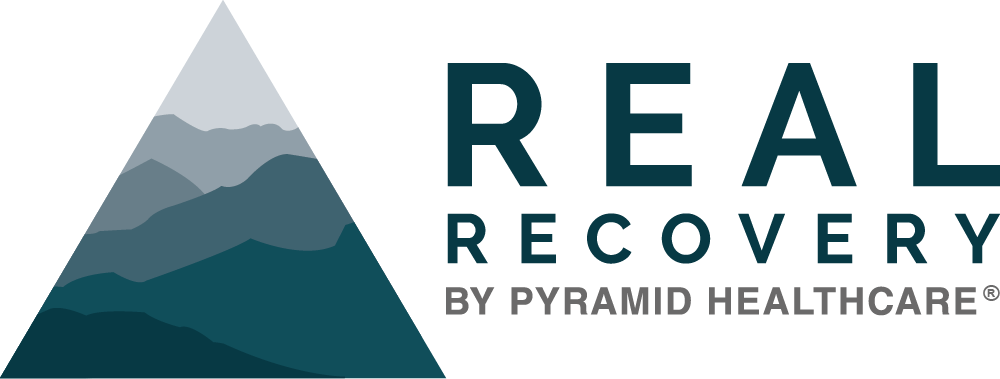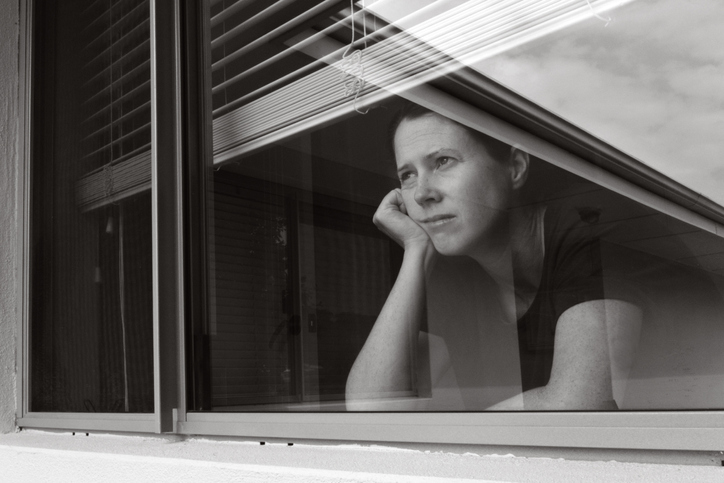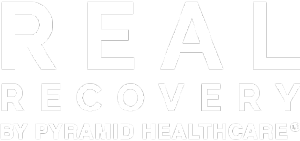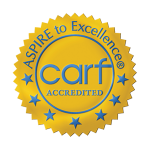Drug addiction is a disease, not a choice
At the outset, it must be stated that drug addiction is absolutely not a choice. Drug addiction or substance use disorder is known as a chronic brain disorder and alters the way our brains function and respond over time. While the initial choice to partake in drugs might be voluntary, addiction is not merely an individual refusing to quit using drugs. National Institutes of Health’s National Institute on Drug Abuse likens substance use disorder to heart disease, in that they both are usually preventable and treatable, impair the healthy functioning of vital organs, and have serious long-term effects if left untreated.
What are the risk factors for developing drug addiction?
- Genetics or epigenetics, in the sense that one is up to 60 percent more likely to develop substance use disorder if it runs in the family
- Environmental, such as peer pressure from friends, unstable home life, parent or guardian’s own drug addiction, community attitudes and exposure to drugs, poor socialization or social skills, and lack of a social support system
- Behavioral
- Biological, including mental illnesses and trauma
When should those struggling with drug addiction seek treatment?
Drug addiction should be treated just like any other disease we would go to the doctor or hospital for. As we are wont to do with a bad cough or slightly bothersome back pain, the signs of drug addiction can sometimes be left ignored or overlooked until they reach an inflection point.
There are warning signs that can be used as a signal that drug use is no longer recreational and has developed into an addiction. They include a combination of physical, mental and behavioral symptoms:
- Intense cravings for the drug to the extent that it consumes one’s thoughts
- Insomnia or irregular sleeping patterns
- Failure to adhere to responsibilities, such as showing up to work, providing childcare or meeting social obligations
- Theft of money, possessions or prescription medication from friends or family members
- Withdrawal symptoms after the drugs wear off
- Loss of interest in hobbies
- Poor financial management, including failing to pay bills on time, requesting money often from loved ones or unexplained changes in spending habits
- Changes in food and digestion habits
- Denial or defensiveness on the topic of drug addiction
- Sudden weight loss or gain
- Poor personal hygiene
- Changes to physical appearance, including sores around the mouth, needle marks on the skin, scabs, bruising, bloodshot eyes or constricted pupils
- Increased secrecy and isolation
- Anxiety or paranoia
- Restlessness
- Failure to stop using the drug, while acknowledging it is against better judgment
- Shaking, clammy hands
- Tremors
- Seizures
- Recklessness, including driving while impaired
- Irregular heartbeat
Remember that it is the responsibility and the choice of the individual struggling with drug addiction to seek treatment. Loved ones may encourage it or point out symptoms they’ve noticed, but the individual must feel physically and emotionally ready to commit to long-term treatment.
Which treatment options are best for drug addiction?
- Partial hospitalization program: In terms of the level of care, a partial hospitalization program is a step below full-time inpatient care. Typically treatment at an outpatient center is five days per week consisting of group therapy, yoga, meditation and reflection, education and life skill courses on topics like; financial management, employment and home management. A partial hospitalization program is ideal for those who want to dedicate their weekdays to their recovery, rather than being at school or work, in a safe and stable environment.
- Intensive outpatient program: Once a partial hospitalization program is complete, an individual can seamlessly transition into an intensive outpatient program. This level of care still requires roughly 10 hours a week to be dedicated to recovery, however, the individual may do so while beginning to assimilate back into their normal life. Each week is structured by theme and consists of nine hours of group therapy followed by one hour of individual therapy.
- Outpatient program: An individual in outpatient therapy may find themselves spending more time outside of therapy than in. Once demonstrable progress has been made, the individual will be given tools to work on their recovery from home while attending group therapy twice a week.
- Family program: While families may choose to attend continuous group therapy together, another option is a shorter-term family workshop to acquaint the individual’s family members with the science of addiction, what their treatment has looked like so far and how the family can help support their recovery.
- Psychiatry: Distinct from a structured outpatient program, ongoing individual therapy can be a key resource in your recovery journey. A psychiatrist can be by your side every step of the way to celebrate victories and confront setbacks without judgment.
- Medication-assisted treatment: The medication-assisted treatment approach is twofold. First, FDA-approved medications are used to taper off substances in a safe environment where withdrawals can be monitored and tended to. After the weaning process, counseling and behavioral therapies supplement the recovery process by helping to define goals, identify coping strategies and rebuild a life outside of a treatment center.
Real Recovery is committed to treating drug addiction for what it is: a chronic disease. Call today at 855-363-7325 if you or your loved one are ready to seek treatment.
